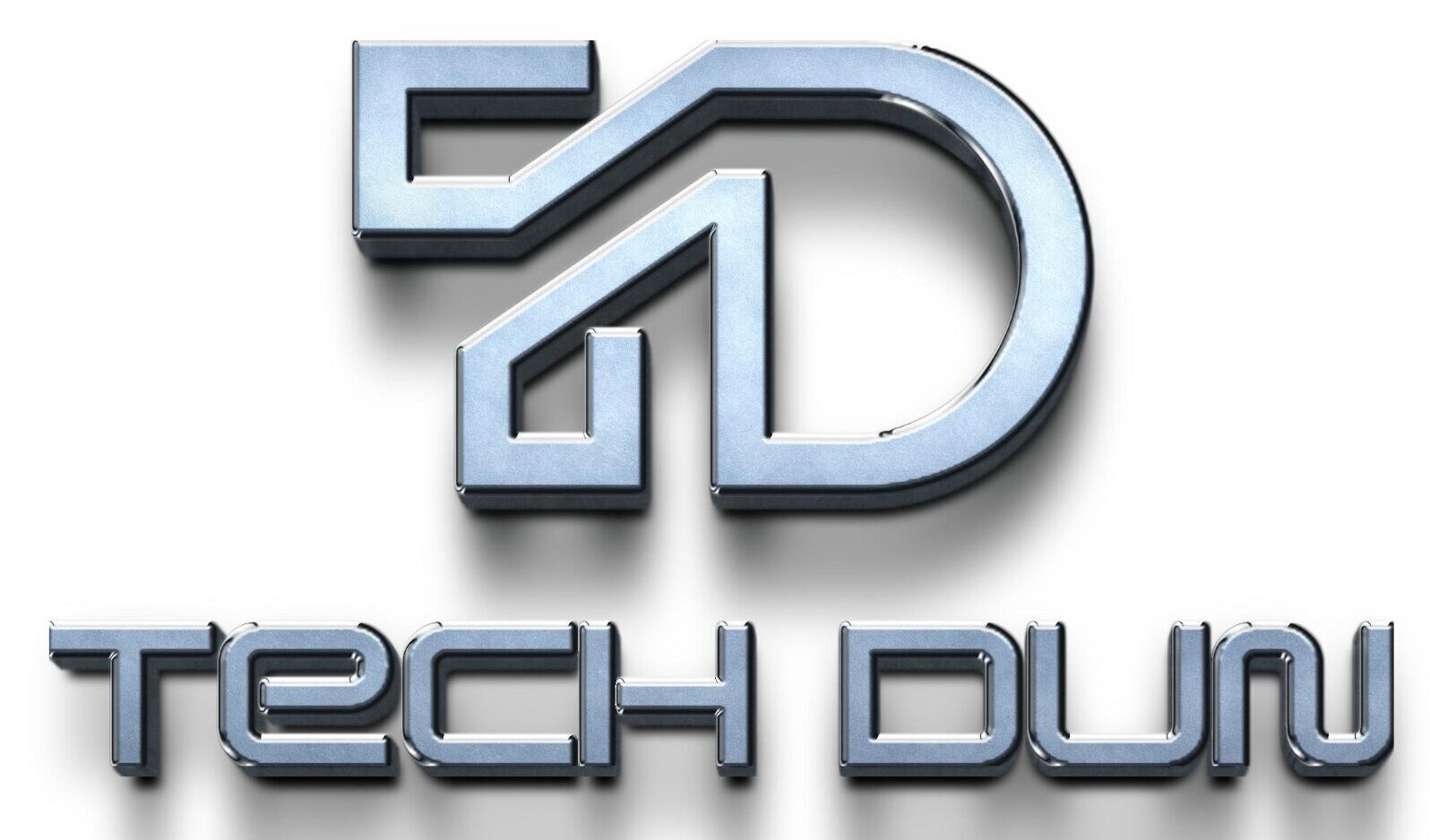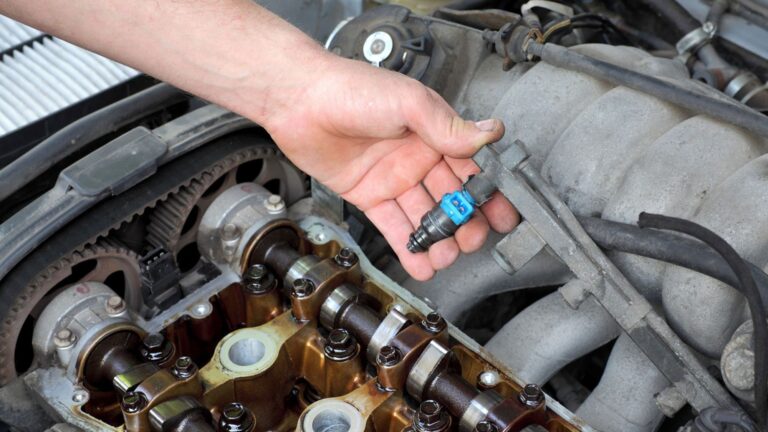What Are the Different Types of Manufacturing Equipment?
Many production processes require speed and quality that human employers cannot provide.
Therefore, these manufacturing processes are using a wide range of machines and tools. The term “manufacturing” does not mean any single industry.
However, it is appropriate for every industry. One or another type of product production takes place, such as food and beverages, metal fabrication, farming or mining industries.
There are different types of manufacturing tools used in the manufacturing industry explained by Groundsurf, and each one has its purpose.
What is Industrial Processing Equipment?
Various industries use industrial processing equipment. It includes food processing, pet and animal food processing, equipment manufacturing, textiles, electronics, and building materials.
However, these processes include pasteurisation, canning, mixing, extrusion, emulsifying, frying, and more.
Moreover, Equipment manufacturing involves making machines like cars and tractors.
Similarly, building materials manufacturing is essential for businesses and homeowners.
The different types of manufacturing equipment
Drilling machines
Drilling machines create holes by contacting a rotating cutter with the workpiece. These Machines use cutting tools to make holes in workpieces. The holes are then removed through shearing and extrusion processes.
There are different Types of Drilling Machine:
• Upright/column drilling machines.
• Portable drilling machines.
• Multi-spindle drilling machines.
• Vertical turret-type drilling machines.
Milling machines
In order to design the necessary shapes and designs, milling machines carry out the machining processes that entail spinning the cutting tool edge or blade on the workpiece.
They are employed in situations where the workpiece is fed up against a spinning milling cutter to machine flat, uneven, and rough surfaces. The precision and accuracy of the majority of CNC milling machines typically range from 0.01mm to 0.03mm.
However, the diameter of a typical milling cutter ranges from 16 to 630 mm. The width and depth of milling are used to determine the diameter.
Mainly, they are available in two main types: horizontal and vertical.
Further classifications for these milling machines include ram-type, knee-type, and manufacturing.
These consist of coolant systems, power-operated table feeds, and variable spindle speeds.
Computerized Controls
From PCs to PLCs, Computerized controls revolutionise the industrial era by enabling automation. They eliminate human involvement in monotonous tasks, speeding up processes and improving accuracy.
Similarly, they make them a powerful and revolutionary type of industrial processing equipment.
Furthermore, the choice of essential industrial processing equipment depends on various factors. For example, versatility and power.
Over the past century, various machines revolutionised production, and with ongoing advancements.
They will continue to improve technologically and improve our lives.
Grinders
Grinders are advanced tools. These tools are used in abrasive machining processes and using a grinding wheel to cut tools. In the manufacturing industry, grinding is commonly employed, particularly in the toolmaking process.
However, it creates products with precise measurements and exquisite finishes. For cutting hard materials and making shallow cuts, grinders are more common.
Moreover, Grinding is a metal-cutting process with lapping and sanding methods. The horizontal grinder equipment utilises disc sizes ranging from 115mm to 230mm, achieving a precision of 0.000025mm.
Some machines for grinding include:
- Expensive industrial machine tools like grinding machines.
- Handheld power tools like angle grinders and die grinders.
- Bench grinders.
- Hand-cranked knife-sharpening stones.
vibrating tables
The vibrating tables are essential for any manufacturing industry.A vibrating table is helpful in densifying, settling, and compacting dry bulk materials.
Also, it releases air bubbles from concrete or other fluid materials.



